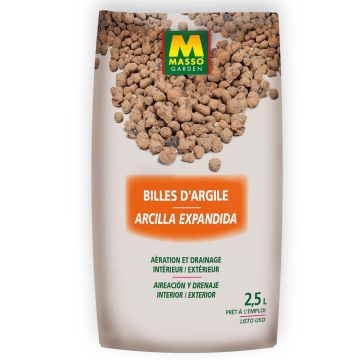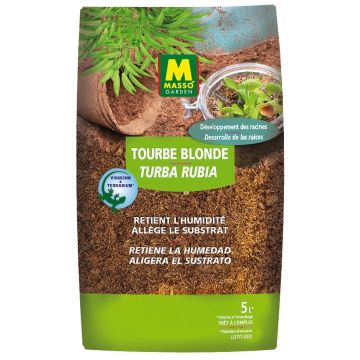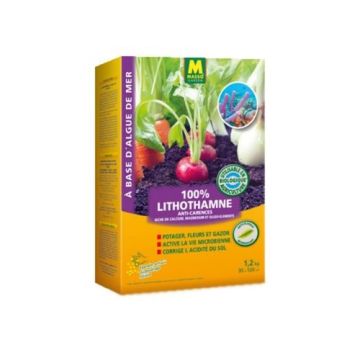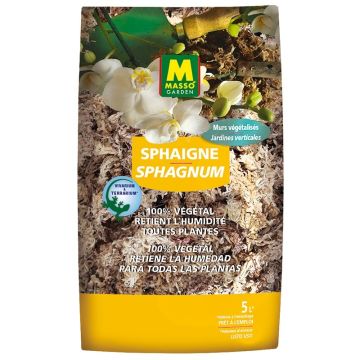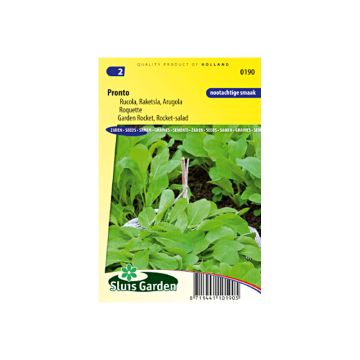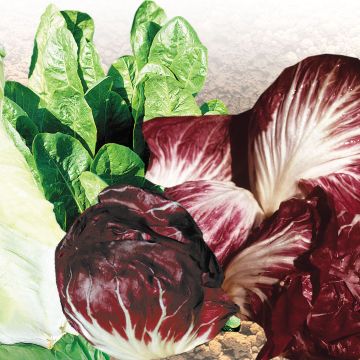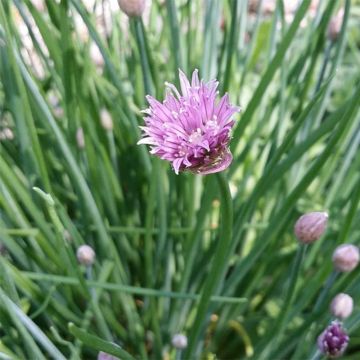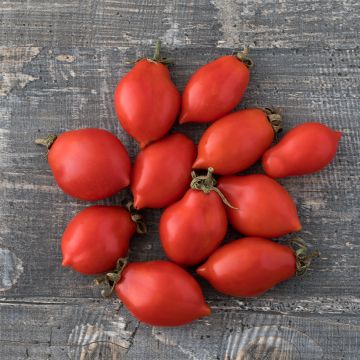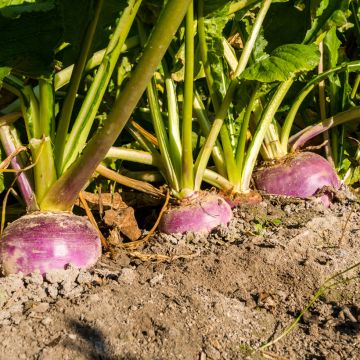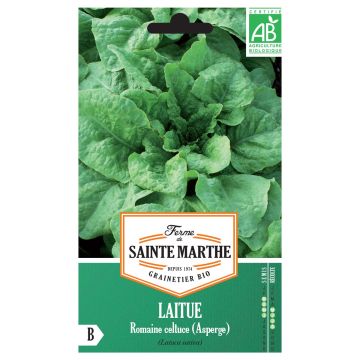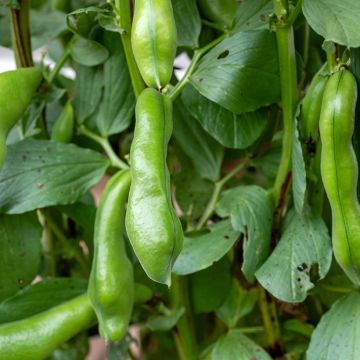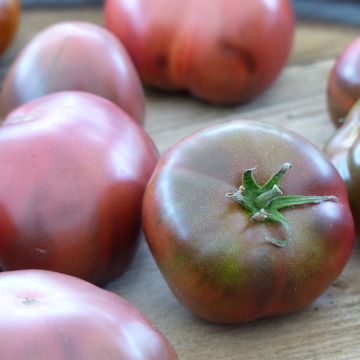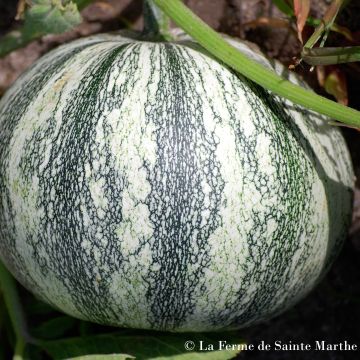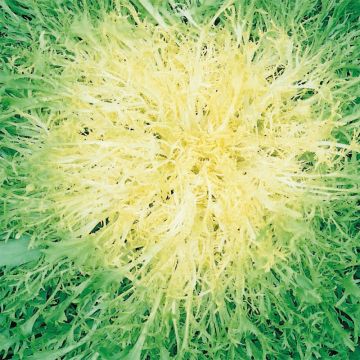

Tetragonia tetragonoides


Tetragonia tetragonoides


Tetragonia tetragonoides
Tetragonia tetragonoides
Tetragonia tetragonoides
New Zealand Spinach, Warrigal Greens, Botany Bay Spinach, Cook's Cabbage, Tetragon
The seeds look very healthy. They are of a good size and fleshy: to be continued...
Philippe B., 16/05/2019
This item cannot be shipped to the selected country
Dispatch by letter from €3.90
More information
Schedule delivery date,
and select date in basket
This plant carries a 6 months recovery warranty
More information
We guarantee the quality of our plants for a full growing cycle, and will replace at our expense any plant that fails to recover under normal climatic and planting conditions.
Seed-only orders are dispatched by sealed envelope. The delivery charge for seed-only orders is €3.90.

Description
The Horned Tetragonia, also known as New Zealand spinach, is an annual vegetable plant that grows up to 30cm (12in) tall. It is cultivated for its tasty leaves, which can be eaten cooked or raw as a garnish, similar to spinach. Sow from March to May for a harvest 3 months later.
It is a vigorous annual vegetable plant that resembles spinach and has a unique iodized flavour. It has the particularity of being heat resistant and can be cooked like spinach. The sowing period extends from March to June for a harvest from July to October.
The New Zealand spinach is not, from a botanical point of view, an actual spinach but rather a distinct species also known as Tetragonia. It is an annual vegetable plant that belongs to the Aizoaceae family, which usually includes plants that are highly resistant to drought. It gets its name from Tetragonia due to the shape of its seeds, which have 4 sides.
Commonly grown in traditional vegetable gardens, Tetragonia seems to be making a comeback in recent years because, in terms of flavour, it is far from being a pale imitation of spinach: it is similar but its leaves are fleshy and have a very interesting hint of iodine. Many chefs have been incorporating it into their menus in recent years.
In the kitchen, Tetragonia is prepared and consumed like spinach, either raw or cooked, in salads, steamed, or quickly sautéed in a pan. It is a vegetable rich in vitamin C and minerals.
It is a plant that develops quite rapidly and, when fully mature, forms a spreading tuft that can reach up to 60cm (24in) in height. Its leaves are triangular and particularly large. Unlike spinach, it does not easily go to seed even during episodes of intense heat.
Harvest: The harvest of New Zealand spinach takes place approximately 3 months after sowing, leaf by leaf, depending on their growth and needs. The outer leaves are cut, allowing the heart of the plant to continue developing and producing new leaves.
Storage: New Zealand spinach does not keep well in the refrigerator as it tends to become soft. It is best consumed a few hours after harvest. However, it can be frozen after blanching for 3 minutes in salted boiling water.
Gardener's tip: To limit watering, we recommend that once the soil has warmed up, you mulch the soil with thin successive layers of grass clippings, if possible mixed with dead leaves. This protective layer helps keep the soil moist and also reduces weed growth.
Report an error about the product description
Tetragonia tetragonoides in pictures


Harvest
Plant habit
Foliage
Botanical data
Tetragonia
tetragonoides
Aizoaceae
New Zealand Spinach, Warrigal Greens, Botany Bay Spinach, Cook's Cabbage, Tetragon
Caucasus
Annual
Planting and care
Sowing: The germination temperature of New Zealand spinach is around 15°C (59°F), and germination usually occurs within 8 to 10 days, but it can sometimes be a bit difficult. We recommend soaking the seeds in water for 24 hours beforehand.
Sowing is done from March, in a heated sheltered container. The seeds are buried at a depth of 2/3cm (1in).
Final planting usually takes place in mid-May, when the risk of frost has passed.
Direct sowing in the ground is possible from mid-May to the end of June, and is done in groups of three seeds, with a spacing of 70 to 80cm (28 to 32in) between plants, as with planting.
Cultivation:
New Zealand spinach is a fairly demanding vegetable, especially in terms of nitrogen and potassium. It requires well-fertilized soil. It is advisable to apply mature compost (around 3kg per m2) in the autumn, by raking it into the soil to a depth of 5cm (2in), after loosening the soil as is customary for all vegetable crops. An application of nitrogen-rich fertilizer, such as "blood and bone," is often welcome. It prefers neutral to slightly acidic soils (pH between 5.5 and 7).
The young plants can sometimes be slow to start, so monitor watering closely and pinch the tips of the stems to encourage branching.
This is a plant that covers a large area of ground, so don't hesitate to associate it with other vertically growing vegetables, such as tomatoes, if your vegetable garden is small.
Seedlings
Care
Intended location
-
, onOrder confirmed
Reply from on Promesse de fleurs
Vegetable seeds
Haven't found what you were looking for?
Hardiness is the lowest winter temperature a plant can endure without suffering serious damage or even dying. However, hardiness is affected by location (a sheltered area, such as a patio), protection (winter cover) and soil type (hardiness is improved by well-drained soil).

Photo Sharing Terms & Conditions
In order to encourage gardeners to interact and share their experiences, Promesse de fleurs offers various media enabling content to be uploaded onto its Site - in particular via the ‘Photo sharing’ module.
The User agrees to refrain from:
- Posting any content that is illegal, prejudicial, insulting, racist, inciteful to hatred, revisionist, contrary to public decency, that infringes on privacy or on the privacy rights of third parties, in particular the publicity rights of persons and goods, intellectual property rights, or the right to privacy.
- Submitting content on behalf of a third party;
- Impersonate the identity of a third party and/or publish any personal information about a third party;
In general, the User undertakes to refrain from any unethical behaviour.
All Content (in particular text, comments, files, images, photos, videos, creative works, etc.), which may be subject to property or intellectual property rights, image or other private rights, shall remain the property of the User, subject to the limited rights granted by the terms of the licence granted by Promesse de fleurs as stated below. Users are at liberty to publish or not to publish such Content on the Site, notably via the ‘Photo Sharing’ facility, and accept that this Content shall be made public and freely accessible, notably on the Internet.
Users further acknowledge, undertake to have ,and guarantee that they hold all necessary rights and permissions to publish such material on the Site, in particular with regard to the legislation in force pertaining to any privacy, property, intellectual property, image, or contractual rights, or rights of any other nature. By publishing such Content on the Site, Users acknowledge accepting full liability as publishers of the Content within the meaning of the law, and grant Promesse de fleurs, free of charge, an inclusive, worldwide licence for the said Content for the entire duration of its publication, including all reproduction, representation, up/downloading, displaying, performing, transmission, and storage rights.
Users also grant permission for their name to be linked to the Content and accept that this link may not always be made available.
By engaging in posting material, Users consent to their Content becoming automatically accessible on the Internet, in particular on other sites and/or blogs and/or web pages of the Promesse de fleurs site, including in particular social pages and the Promesse de fleurs catalogue.
Users may secure the removal of entrusted content free of charge by issuing a simple request via our contact form.
The flowering period indicated on our website applies to countries and regions located in USDA zone 8 (France, the United Kingdom, Ireland, the Netherlands, etc.)
It will vary according to where you live:
- In zones 9 to 10 (Italy, Spain, Greece, etc.), flowering will occur about 2 to 4 weeks earlier.
- In zones 6 to 7 (Germany, Poland, Slovenia, and lower mountainous regions), flowering will be delayed by 2 to 3 weeks.
- In zone 5 (Central Europe, Scandinavia), blooming will be delayed by 3 to 5 weeks.
In temperate climates, pruning of spring-flowering shrubs (forsythia, spireas, etc.) should be done just after flowering.
Pruning of summer-flowering shrubs (Indian Lilac, Perovskia, etc.) can be done in winter or spring.
In cold regions as well as with frost-sensitive plants, avoid pruning too early when severe frosts may still occur.
The planting period indicated on our website applies to countries and regions located in USDA zone 8 (France, United Kingdom, Ireland, Netherlands).
It will vary according to where you live:
- In Mediterranean zones (Marseille, Madrid, Milan, etc.), autumn and winter are the best planting periods.
- In continental zones (Strasbourg, Munich, Vienna, etc.), delay planting by 2 to 3 weeks in spring and bring it forward by 2 to 4 weeks in autumn.
- In mountainous regions (the Alps, Pyrenees, Carpathians, etc.), it is best to plant in late spring (May-June) or late summer (August-September).
The harvesting period indicated on our website applies to countries and regions in USDA zone 8 (France, England, Ireland, the Netherlands).
In colder areas (Scandinavia, Poland, Austria...) fruit and vegetable harvests are likely to be delayed by 3-4 weeks.
In warmer areas (Italy, Spain, Greece, etc.), harvesting will probably take place earlier, depending on weather conditions.
The sowing periods indicated on our website apply to countries and regions within USDA Zone 8 (France, UK, Ireland, Netherlands).
In colder areas (Scandinavia, Poland, Austria...), delay any outdoor sowing by 3-4 weeks, or sow under glass.
In warmer climes (Italy, Spain, Greece, etc.), bring outdoor sowing forward by a few weeks.


































